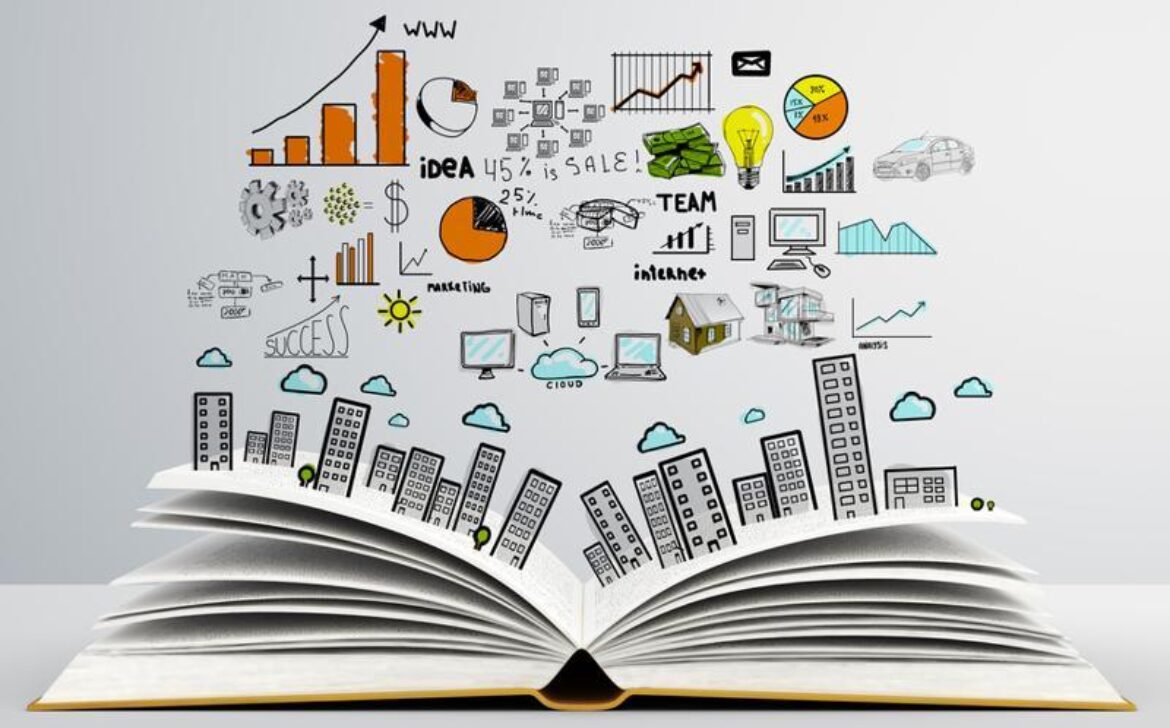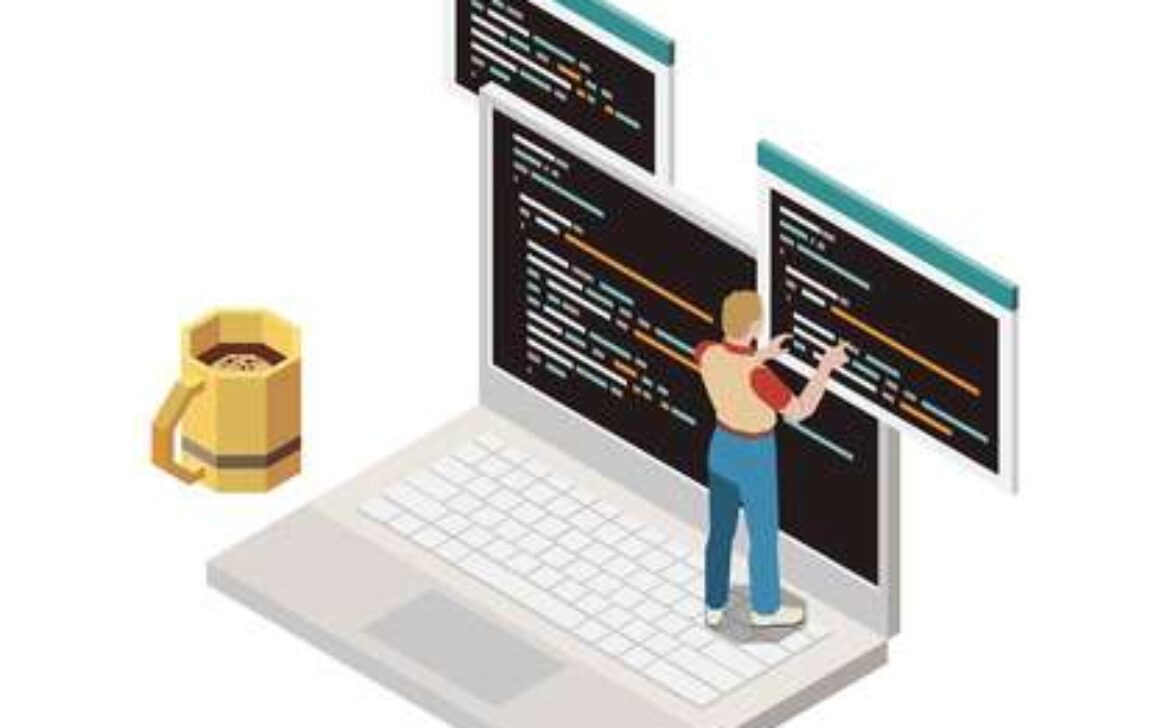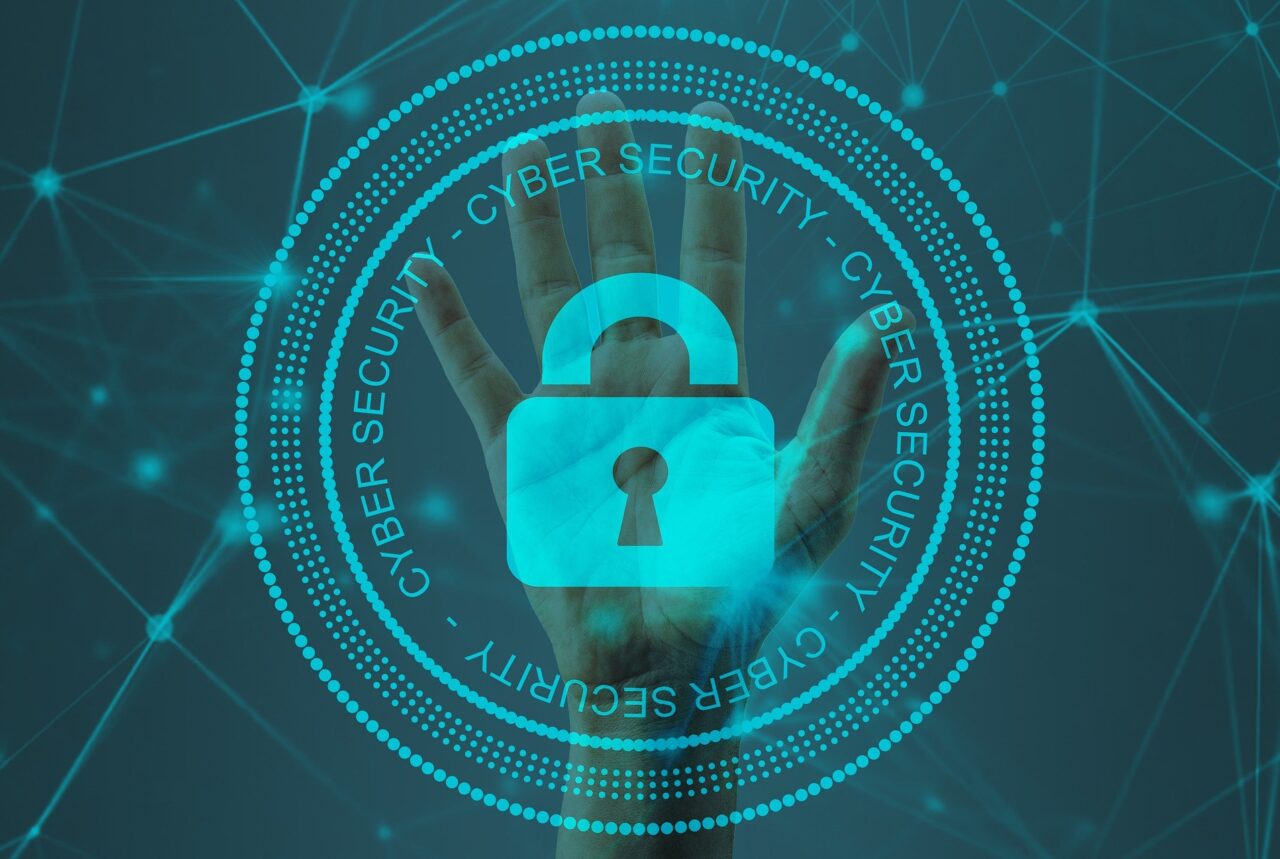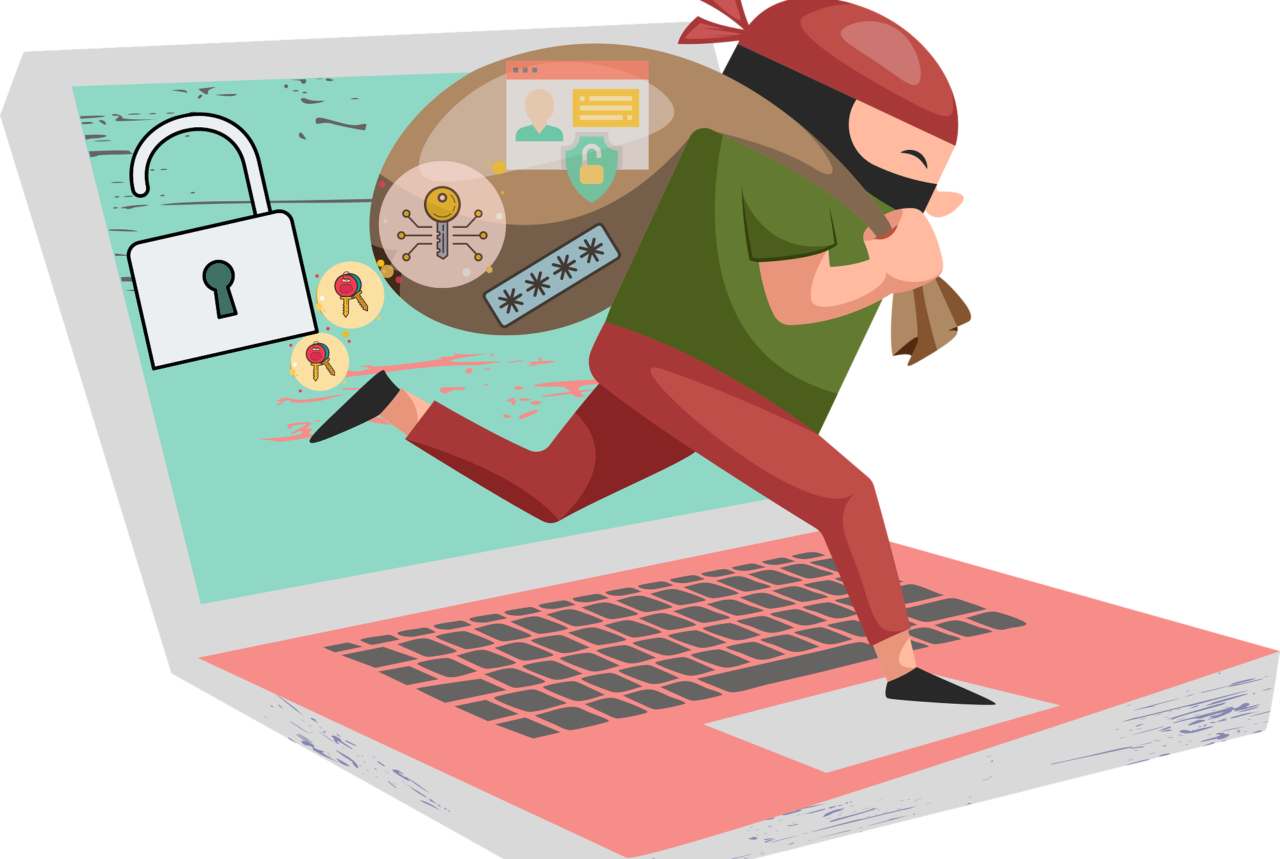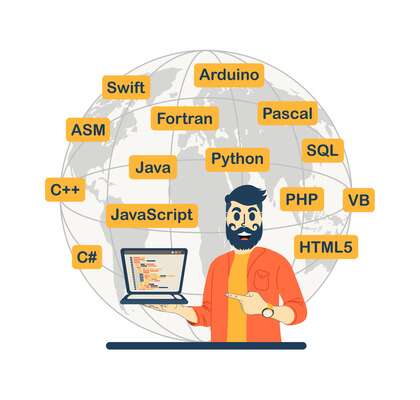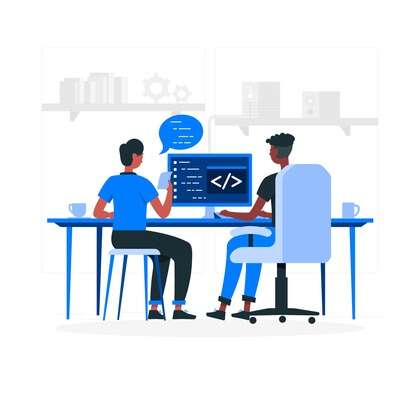TechBytes: Unleashing the Power of Tomorrow’s Innovations
“TechBytes: Unleashing the Power of Tomorrow’s Innovations” is an exciting event that focuses on showcasing and discussing the latest advancements and breakthroughs in the world of technology. The event gathers industry experts, innovators, entrepreneurs, and technology enthusiasts to explore the future of innovation and its potential impact on various aspects of our lives. Keynote speeches, panel discussions, workshops, and product demonstrations are some of the activities that take place during TechBytes. The event aims to inspire and educate attendees about the cutting-edge technologies that are poised to shape our future. Emerging Technologies: The event would provide insights into emerging technologies such as artificial intelligence (AI), blockchain, Internet of Things (IoT), augmented reality (AR), virtual reality (VR), robotics, quantum computing, and more. Experts would discuss the potential applications and impact of these technologies across various industries. Industry Disruption: TechBytes would explore how technological advancements are disrupting traditional industries and creating new opportunities. Attendees can expect to gain knowledge about the transformative power of technology in areas like healthcare, finance, transportation, energy, entertainment, and education. Startup Showcase: The event may feature a startup showcase where early-stage companies present their innovative products or services to a wider audience. This platform allows startups to gain exposure, connect with potential investors, and receive valuable feedback from industry professionals. Future Trends: TechBytes would delve into the future trends and predictions of the tech industry. Speakers may discuss topics like automation, machine learning, data analytics, cybersecurity, renewable energy, smart cities, and other emerging trends that are likely to shape the world in the coming years. Networking Opportunities: The event would provide ample networking opportunities, allowing attendees to connect with like-minded individuals, industry experts, and potential collaborators. Engaging in discussions and forging new relationships can lead to exciting partnerships and collaborations in the future. Workshops and Hands-on Experiences: TechBytes may organize interactive workshops and hands-on experiences where attendees can explore and learn about the showcased technologies firsthand. These sessions provide a deeper understanding of how these innovations work and their practical applications. Thought Leadership: Through engaging panel discussions and keynote speeches, industry leaders and visionaries would share their insights, experiences, and vision for the future. This thought leadership component aims to inspire and empower attendees to embrace technological advancements and leverage them to drive positive change. Artificial Intelligence (AI): AI is poised to transform various industries, including healthcare, finance, transportation, and more. Tomorrow’s innovations in AI will likely focus on advanced machine learning algorithms, natural language processing, computer vision, and the ability to make complex decisions autonomously. Internet of Things (IoT): The IoT revolution is set to continue with even more connected devices and systems. Future innovations will likely focus on improving device interoperability, enhancing security and privacy measures, and utilizing IoT data to drive actionable insights and automation. 5G and Beyond: The deployment of 5G networks is well underway, and its full potential is yet to be realized. The power of tomorrow’s innovations lies in leveraging the ultra-fast speeds, low latency, and massive connectivity offered by 5G technology. This will enable breakthroughs in areas such as autonomous vehicles, remote surgeries, augmented reality, and smart cities. Quantum Computing: Quantum computing holds the promise of solving complex problems that are currently intractable for classical computers. Tomorrow’s innovations in this field could lead to advancements in cryptography, optimization algorithms, drug discovery, and materials science, among other areas. Biotechnology and Genetic Engineering: Advances in biotechnology and genetic engineering have the potential to revolutionize healthcare, agriculture, and environmental sustainability. Future innovations may include personalized medicine, gene therapies, genetically modified crops with enhanced nutritional value, and novel approaches to combating climate change. Blockchain and Decentralized Technologies: Blockchain technology has gained significant attention for its applications in areas beyond cryptocurrencies. Future innovations could involve leveraging blockchain for secure data sharing, digital identity management, supply chain transparency, and decentralized finance (DeFi). Renewable Energy and Sustainability: The global shift towards clean and sustainable energy sources will continue to drive innovations in renewable energy technologies. Breakthroughs in energy storage, solar and wind power generation, and grid integration will be crucial for achieving a carbon-neutral future. “TechBytes: Unleashing the Power of Tomorrow’s Innovations” is an event that fosters knowledge sharing, collaboration, and inspiration among technology enthusiasts and professionals. By exploring the latest innovations and trends, attendees gain valuable insights into the potential of technology to shape our future and unlock new possibilities across various industries.Here are some highlights you might expect from “TechBytes: Unleashing the Power of Tomorrow’s Innovations”:


